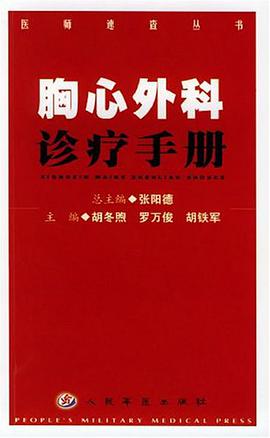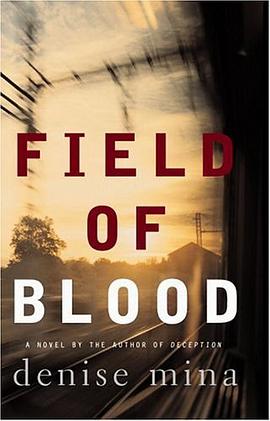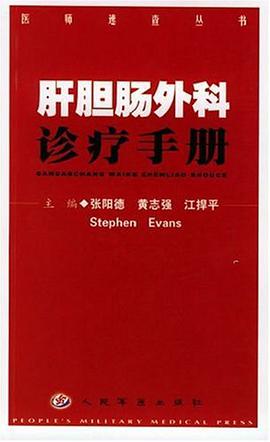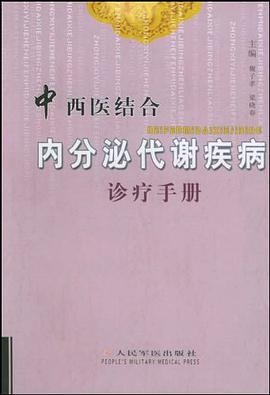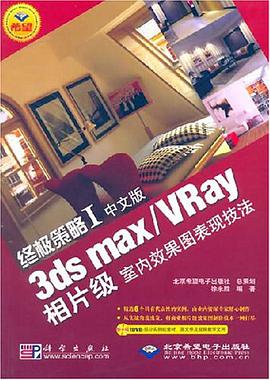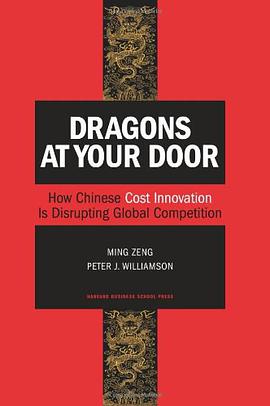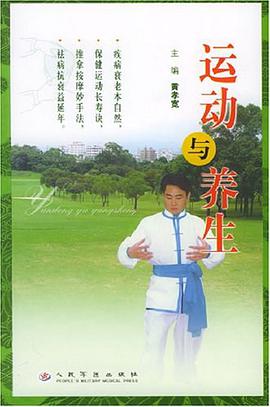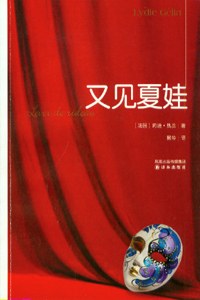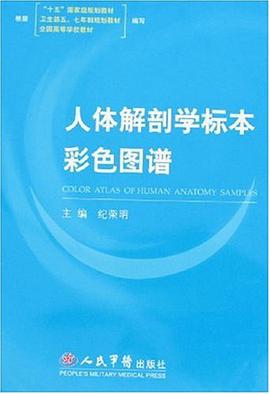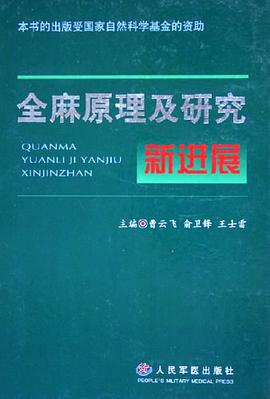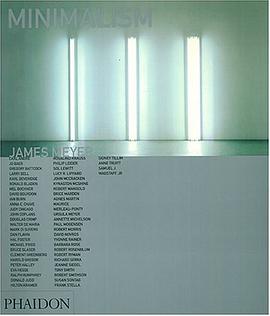

The term Minimalism was coined to describe the work of a group of American artists who, in the 1960s, produced a decidedly unexpressionistic, reductive work with a hard industrial feel. While numerous minimalist painters exist, among them Robert Ryman, Robert Mangold and Brice Marden, most of the key Minimalists - Andre, Flavin Judd, LeWitt and Morris - produced sculptures or, as some put it, 'specific objects' or 'objects in a world of objects'. Although none of the artists actually accepted the term 'Minimalism', their common use of serial, modular or repeating forms (from Carl Andre's floor sculptures of readymade bricks or Judd's stacked boxes), as well as the abstraction and industrial production of the work, drew these artists' work together. These artists' aim was to create an art that was non-hierarchical (no single part of the work takes precedence of any other) and thus democratic. In his introductory Survey, James Meyer explains the key characteristics and issues involved in this much-debated movement, while the extensive images in the Works section, with explanatory commentary, illustrate the surprising variety in the work and offer a view of the many artists also associated with Minimalism, among them Eva Hesse, Frank Stella, Anne Truitt, Robert Smithson and Agnes Martin. With direct access to many of the artists' archives, never-before-published material and texts which first appeared in little-known or out-of print catalogues, this book is the most comprehensive and definitive sourcebook on Minimalism available.
具体描述
读后感
评分
评分
评分
评分
用户评价
相关图书
本站所有内容均为互联网搜索引擎提供的公开搜索信息,本站不存储任何数据与内容,任何内容与数据均与本站无关,如有需要请联系相关搜索引擎包括但不限于百度,google,bing,sogou 等
© 2025 book.wenda123.org All Rights Reserved. 图书目录大全 版权所有






